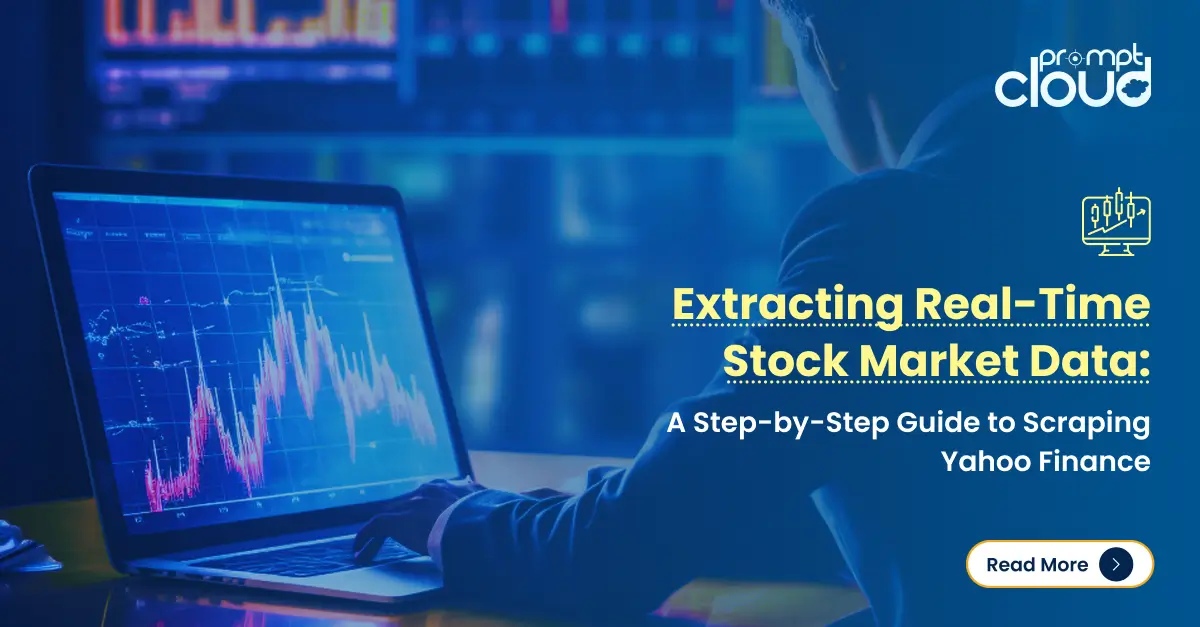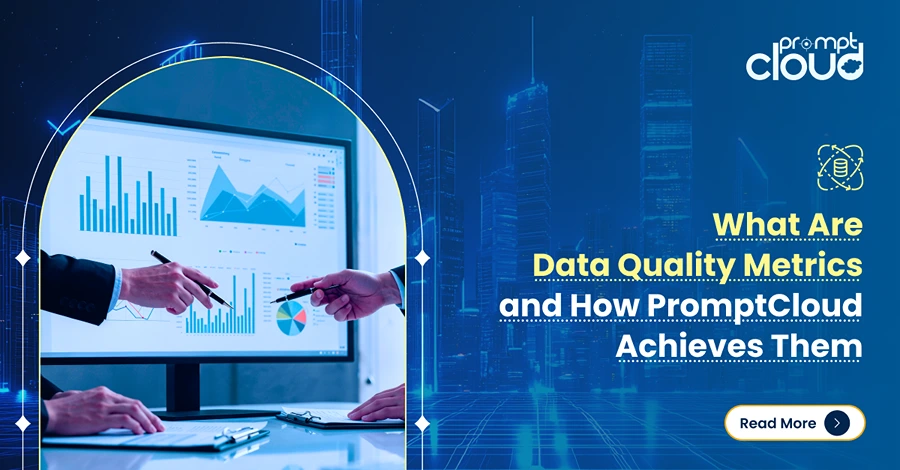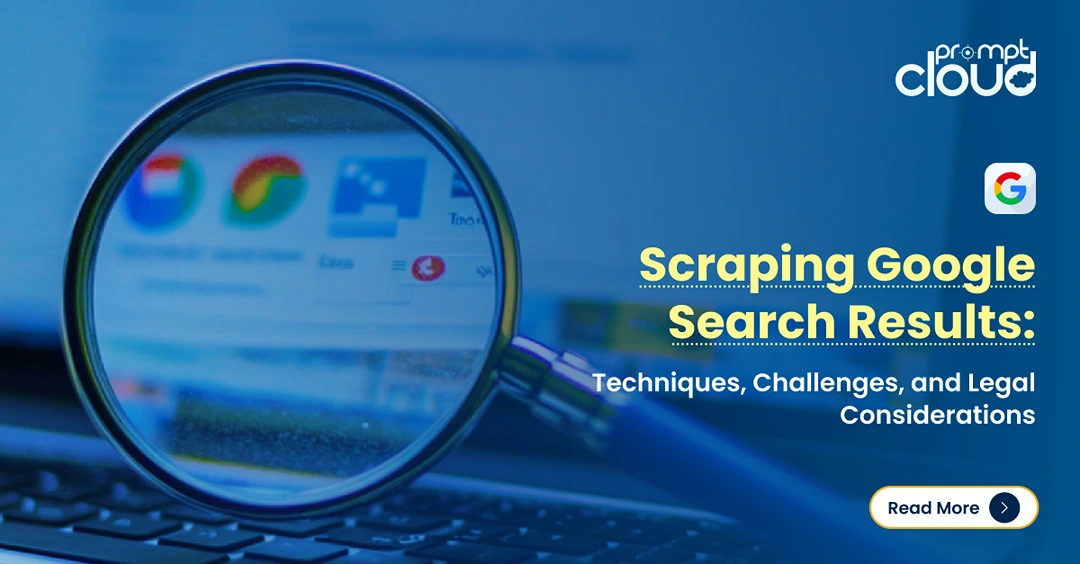
Most B2C companies today have a social media presence. This is usually through platforms like Twitter, LinkedIn, Facebook or even Instagram. Large companies have entire social media teams dedicated to responding to mentions or tags. Small companies on the other hand, usually hire one or two individuals to reach out to those who are aggrieved and might have posted negative comments on the company and its services.
Due to the growing number of platforms where individuals can voice their problems, having a manual social media management plan can prove to be short sighted and wouldn’t cover all the bases. Brand monitoring also involves deciding whether any new platforms need to be added to the social media strategy due to higher popularity or mentions. Brand Monitoring is often a synonym for Reputation Management in the age of social media and not having a foolproof plan can have impacts like –
- Mistrust in the market.
- Loss of customer numbers.
- A plunge in the share market.
What are the Metrics that you can track?
When implementing a brand monitoring policy, you need to track certain metrics frequently. This will help you understand whether your strategy is working and what tweaks may be needed to better connect with customers.
You might need to track multiple metrics such as –
Variation of Brand Names, or how your company is usually mentioned on social media. This is important since popular brands are also often mentioned using the names of their CEO or other employees. Brands are often tagged using a short form of their names or by the names of their products as well. This is something that needs to be figured out first so that you can decide which sites and platforms you want to monitor. This will also provide access to a variety of content where you have been tagged, and ensure that you don’t miss out on any critical ones.
Percentage of positive vs negative comments wherever brand name is mentioned. The actual numbers are also very important. Both figures should be getting better with time. If not, you need to look at the comments and figure out the most commonly mentioned issues with your product or service.
You will also need to track online news articles in which your brand or company executives might have been mentioned. In case any of these are highly critical of your product, you may need to send clarification emails to them, or handle the situation tactfully.
In case you have jumped into the influencer bandwagon, or connected with popular names to advertise your products, you will need to keep track of articles on them. Any negative act they indulge in may spill over to your brand unless you cut association immediately. You will also need to analyze the comments of social media users on the content posted by them, to understand the public perception of these individuals as well as your brand.
The Benefits of using Brand Monitoring Services
A major part of Brand Monitoring lies in the identification, filtering and sorting of all the comments and mentions that can be associated with your Brand. After this, only those that are critical and point to a specific problem instead of a broad commentary need to be addressed by your customer care team. In case you want to handle the entire workflow on your own, you will need a separate tech team to set up the infrastructure and also maintain and upgrade the processes from time to time.
A Brand Monitoring Service can create a dashboard for you, where you can take a look at metrics and “need-to-act-on” comments in real time. Using such a dashboard, your team can work on resolving individual problems and create higher satisfaction levels among your customers. Since the tech enablement and maintenance would be handled by a SaaS solution, you can focus more on the issues faced by customers.
In case you are a large company and have multiple products, Brand Monitoring Services would serve your needs even better. When tackling big companies which have a large product lineup and offer multiple services, Brand Monitoring Services use Machine Learning Models and Artificial Intelligence to –
- Automatically tag posts to the relevant products and services.
- Assign posts that need some action or solution to be provided to relevant departments.
- Highlight highly critical posts or those that may have a wide reach or large impact, to higher authorities within the company.
- Immediately act against posts with any leaks containing internal information.
Data needs to be Acted Upon
Most people mistake brand monitoring to be a tool for interacting with customers directly. It is indeed the initial action taken by companies when monitoring brand mentions. However, companies need to collate feedback and information gathered from customer interactions to directly identify the most burning issues with their products or services.
This would automatically reduce customer complaints. Moreover, companies would be recognized for having a good mechanism of using customer feedback and implementing suggested improvements. Most products that were good once and later died out, did so because companies refused to listen to customers and their offerings stagnated over time whereas their competitors used customer data to improve their strategies..
Brand monitoring can help companies become more user-friendly and earn a name for themselves for being customer-centric. A great product would serve no purpose unless it is built around customer needs. Brand monitoring can shine a light on multiple things –
- Strategic gaps
- Business decisions that need to be revisited
- Product loopholes
- Customer pain points
- Need to revisit the pricing policy
- Identifying problems with usage or servicing of products/services that are sold
- Possible upgradations or add on features
Months of Brand Monitoring Data can be merged and converted to actionable visualizations that can be presented in the boardroom which can directly impact business. Historical data can also come in handy when companies need to decide on new products and services.




















